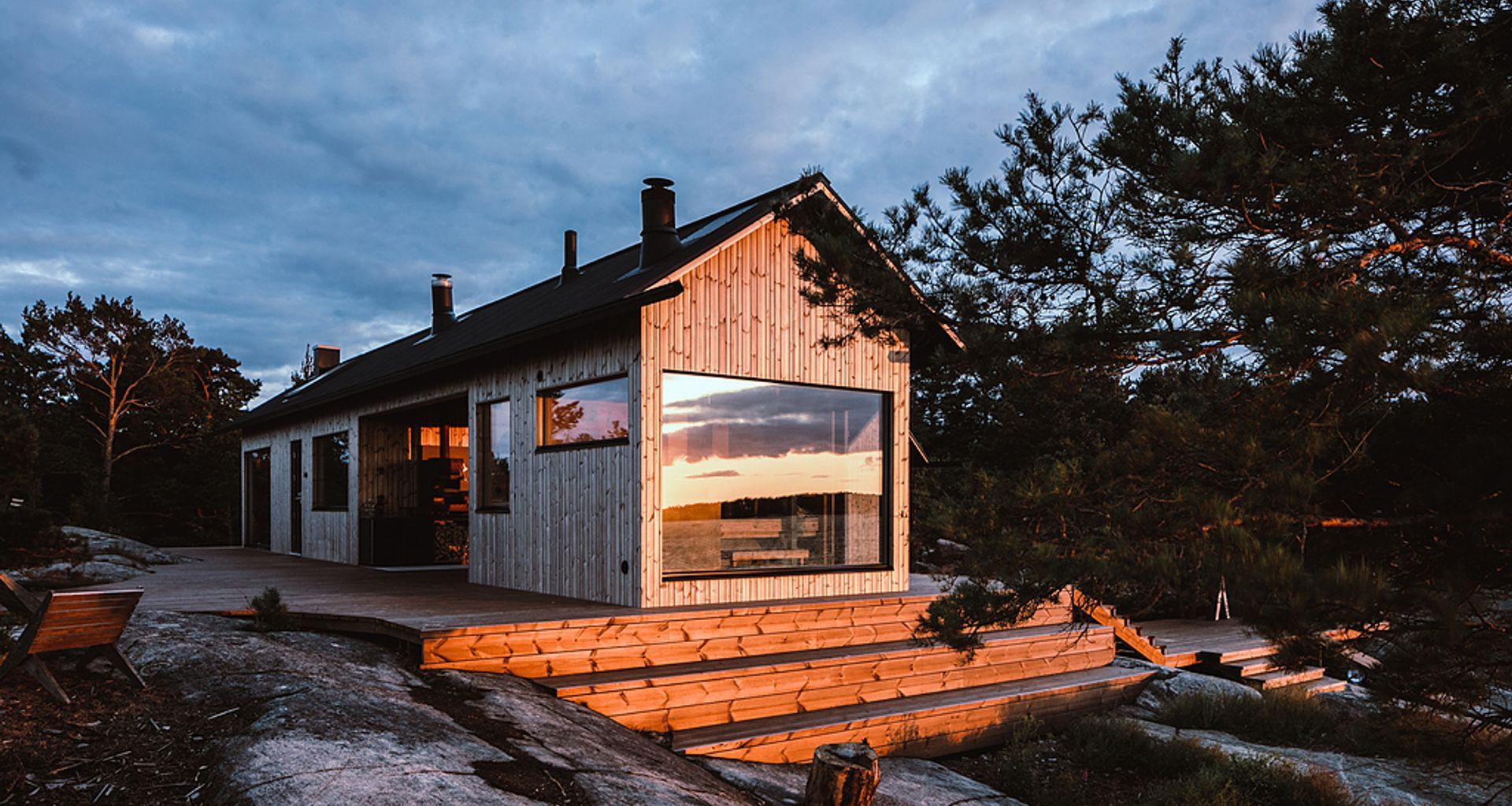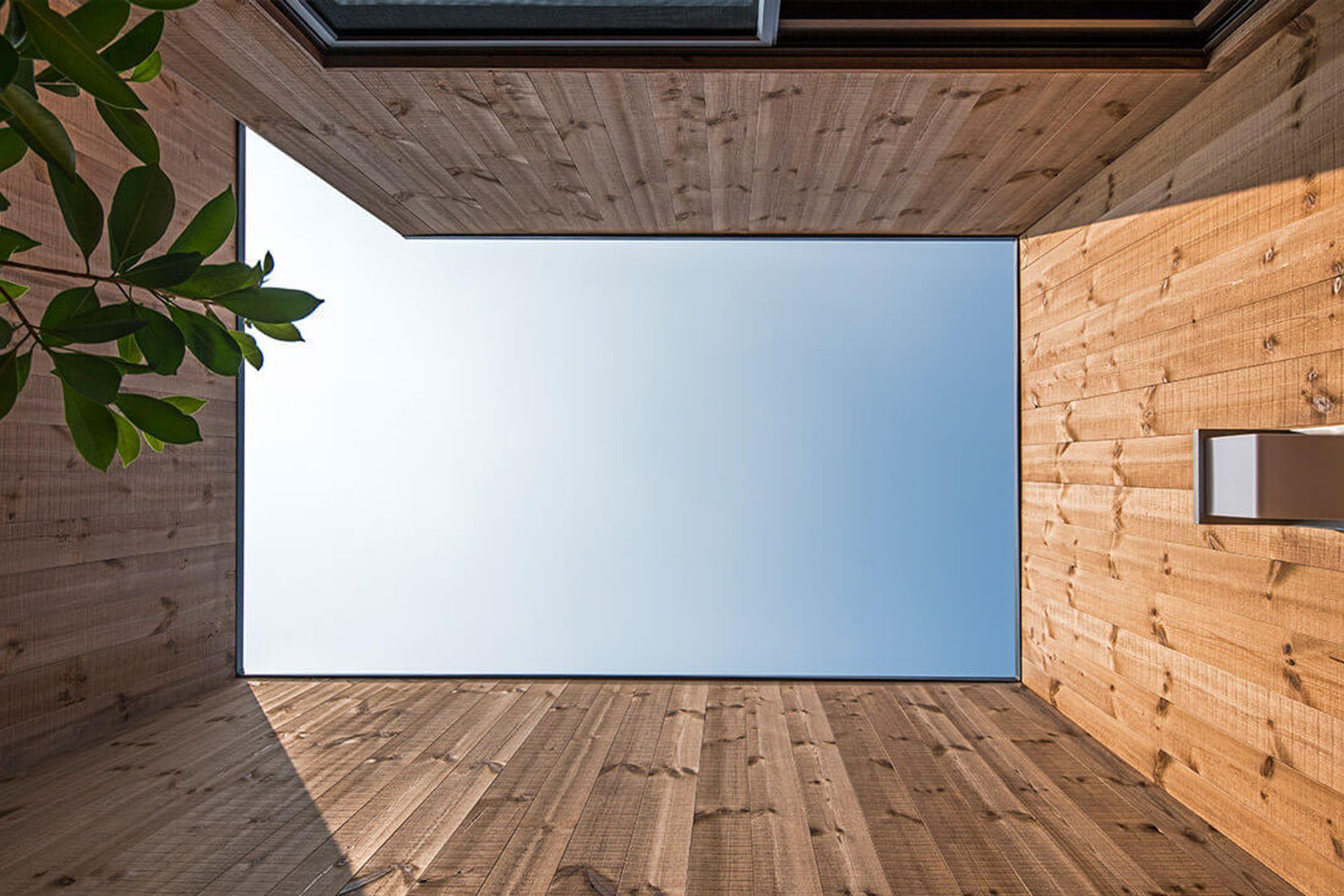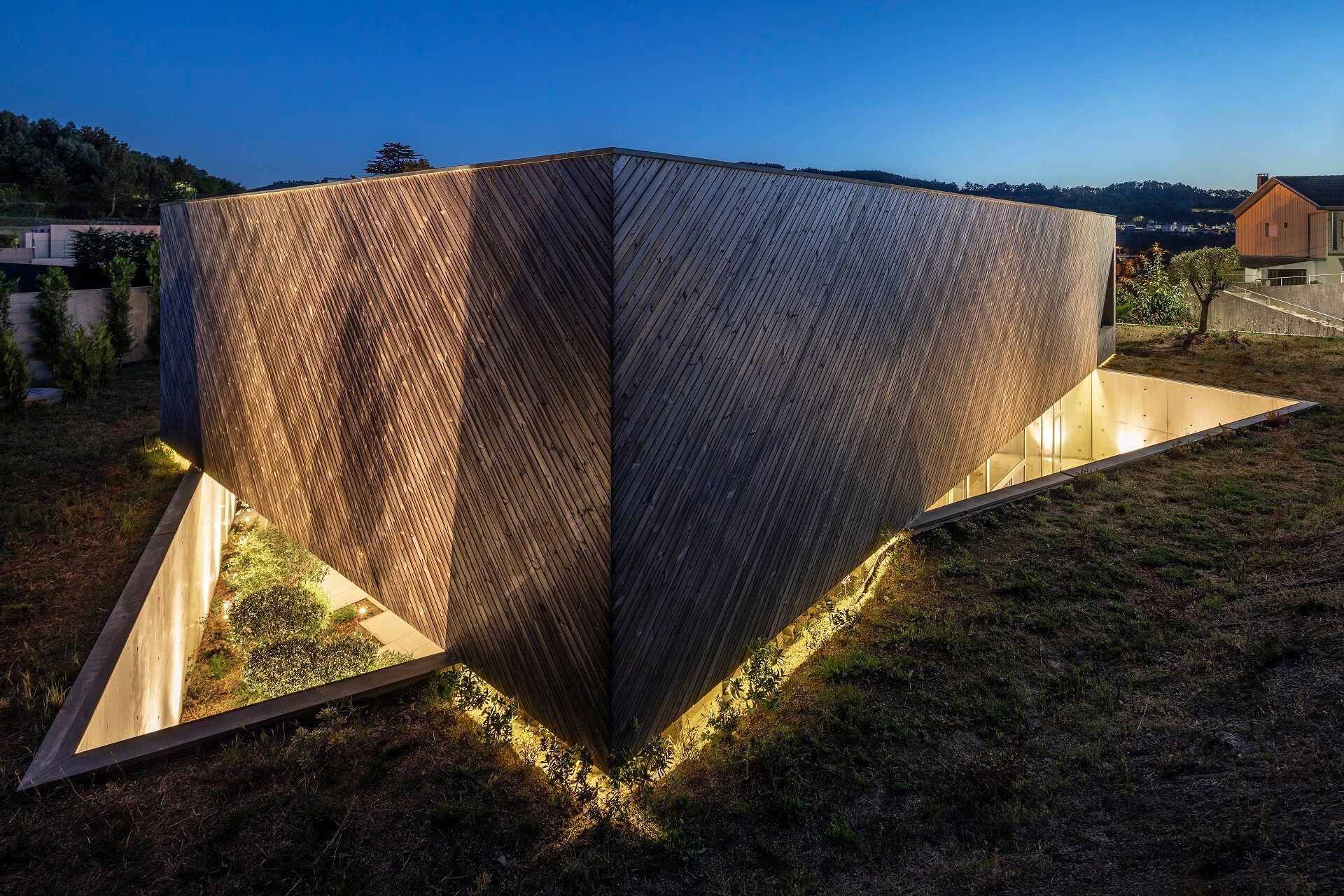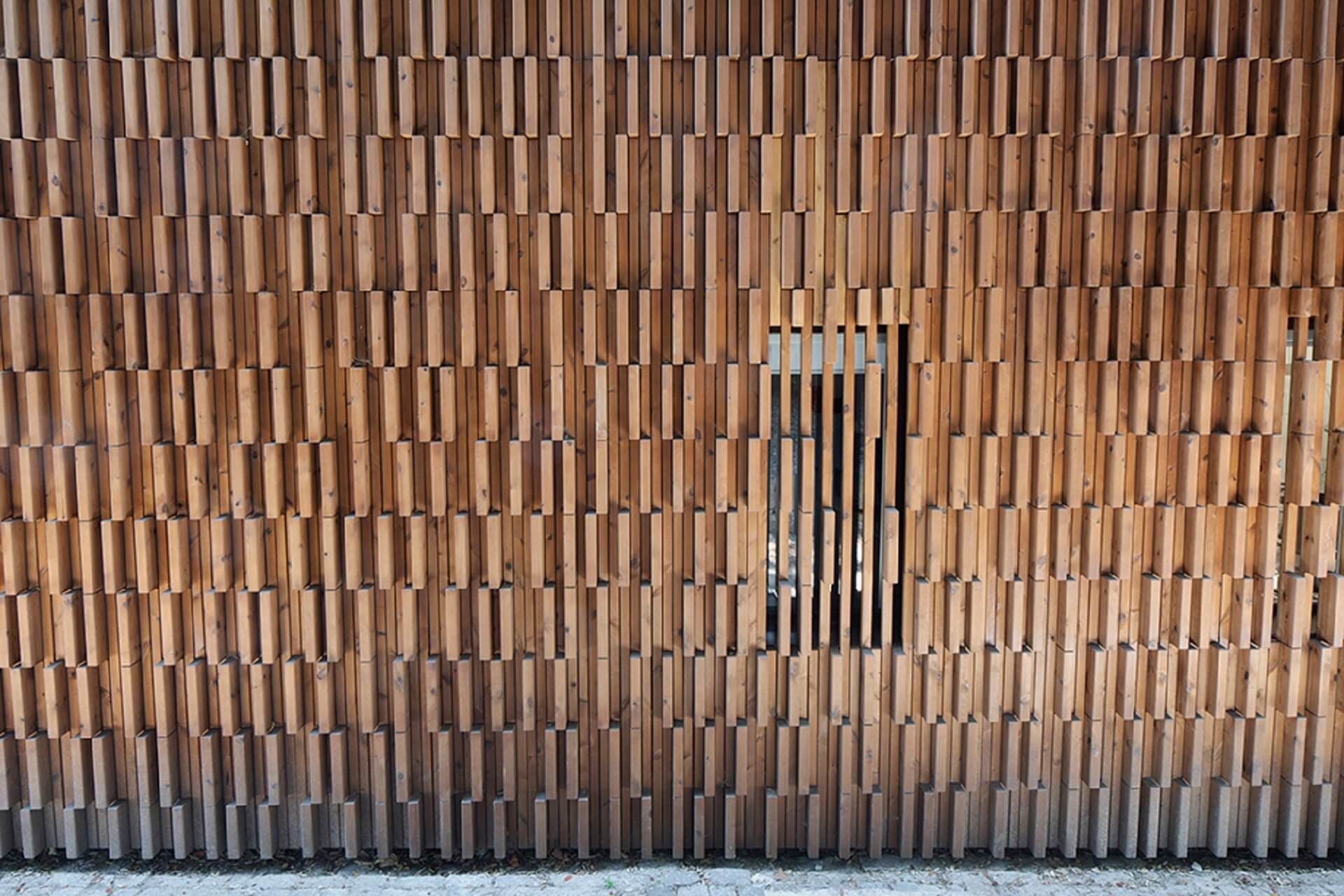Thermally modified Nordic wood: a non-toxic alternative to chemically treated cladding
Written by
09 June 2020
•
4 min read

Thermally modified wood has been used in Europe for decades. In New Zealand, it’s a relatively new phenomenon. However, this month marks the launch of a brand new and unique product on our shores. Brought to New Zealand and profiled locally by JSC Timber, it is known as LUNAWOOD and originates in the forests of Finland, offering both a distinctive aesthetic and performance characteristics unlike any other timber cladding.
JSC Timber is a New Zealand owned and operated company that was established in 1900 and specialises in the responsible sourcing and profiling of architectural timbers. Its latest addition, LUNAWOOD, is made from trees aged between 70 and 100 years, which are grown in sustainably certified Nordic forests. After harvesting, the wood is put through a chemical-free thermal modification process utilising only steam and heat.
“The process of thermal modification essentially cooks all the sugars in the timber, creating a very dimensionally stable product with higher thermal insulation properties compared to untreated wood that is also resistant to rot, fungus and decay when used above ground," JSC Timber’s Johnny Dobbyn says.
How is thermally modified timber made?
Thermal modification is not a new process. In fact, the concept dates back to the Vikings who knew that, when building defensive fencing for fortifications, poles made from wood with a burnt surface were more durable than those which had not been treated in any way.
Studies on the benefits of thermal modification began as early as the 1930s in Europe, but the manufacturing process never reached an industrial scale.
It was not until the 1990s that the Technical Research Institute of Finland became interested in the idea and, as a result, the Thermowood process was patented and the brand launched in Finland in the late 1990s.
The process of thermal modification involves exposing the timber to heat, ranging from 190–212 degrees Celsius, and steam.
During this process, the chemical and physical properties of the wood undergo permanent changes, increasing its strength and expanding the range of applications in which it can be used.
“Due to the modification process in which the timber is essentially ‘cooked’, thermally modified timber does not react to changes in temperature or humidity and it has a lowered moisture content which makes it dimensionally stable and able to retain its shape.”
What can thermally modified timber be used for?
Even in New Zealand’s harsh climatic conditions, thermally modified timber such as JSC LUNAWOOD is suitable for a raft of applications, including cladding (in horizontal or vertical configurations), fins, sun shades, privacy walls, and interior panelling and features.
“JSC LUNAWOOD is currently offered with a 15-year warranty for external applications and we are in the process of securing independent tests to be able to offer a 30-year expected service life in due course, in line with what is offered uncoated in Europe,” Johnny says.
JSC LUNAWOOD is not currently offered as a decking timber in New Zealand.
How does the appearance and texture of thermally modified wood compare to other timber cladding options?
JSC LUNAWOOD has a distinctive appearance with unique knots and grains – an aspect that Johnny believes we need to embrace much more in New Zealand. “By utilising every part of the tree, we are able to approach the use of timber more sustainably and ensure less or no waste is produced when a tree is felled. This is something Europeans have done well for years, but it’s not something we’re used to doing here.
“The aesthetic is different but beautiful, and it creates a real and tangible connection with the natural world. That connection is something central to LUNAWOOD, whose philosophy is centred on a single phrase, ‘reconnecting nature with urban people.’”
Untreated, JSC LUNAWOOD is a deep brown colour. Without treatment, it will silver off over time to a driftwood-like grey.
“It can be oiled to retain its original colour or stained in a range of colours, including black on wide boards – something that’s not possible with products like cedar.”
Find out more about JSC and how LUNAWOOD thermally modified timber can be used and specified or download the LUNAWOOD brochure here.
<sup>Banner image: Project Ö by architect Aleksi Hautamäki. Image: Archmospheres</sup>



